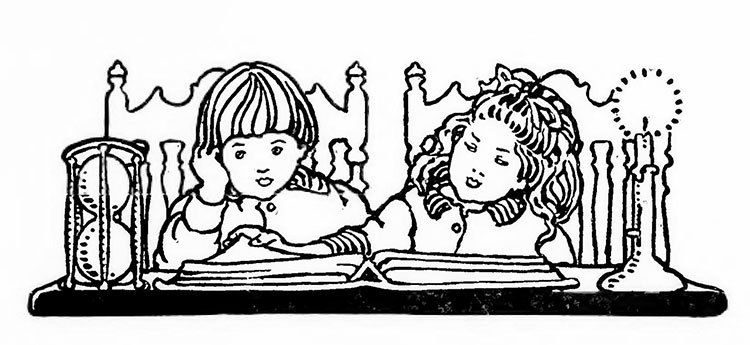While books can be a wonderful way for readers to escape reality for a few hundred pages, they can also help foster learning and provide readers with safe ways to cope with challenges they might be facing.
Authors and publishing houses have been tackling books on topics such as gender identity, depression, anxiety, divorce, and death for centuries. However, we have seen a more recent trend in books meant for children and middle grade readers that address these more “mature” topics for the younger audience.
An article from Publishers Weekly discussed a wave of middle grade books addressing topics ranging from gender transitioning to war and how these books have faced both ridicule and praise.
David Levithan, vice president, publisher, and editorial director at Scholastic, told Publishers Weekly he does not believe there are any true “taboo” topics anymore. He explained that the test he likes to follow is to determine if a topic is able to be contextualized for a child to understand.
“Some issues are very hard to contextualize for an elementary school level, but it can be done,” Levithan told Publishers Weekly. “Rita Williams-Garcia managed to explain female genital mutilation in No Laughter Here [Amistad, 2003] so nine- and ten-year-olds could understand.” Editors working with books for children should keep Levithan’s advice in mind when addressing the language of children’s books.
Rebecca Westcott, with The Guardian, explains how, despite an editor or author’s best wishes, not every book was written to be read by every person. Some books just simply do not stick with some readers. Westcott gave the example of We Need To Talk About Kevin, a book she described as powerful, well-written, and featuring a great storyline—and she also said she strongly wishes she had never read it.
One of the last things we want to do as publishers is leave a reader wishing they could erase a book from their memory. However, we never wish to go in the opposite direction, either, and aid in censorship. So how do we find a balance in what is appropriate for our readers? And how do those guidelines apply to children who are, according to Publishers Weekly, in the “storm-and-stress” period of their life, where so much is in flux.
There does not appear to be one right answer to determine what is appropriate for children to read when it comes to taboo topics. However, there is one important piece of advice to consider when thinking about what children can or can’t handle.
“I don’t believe the subject matter or the themes are too tough for a younger audience: kids deal with these issues,” former chair of the American Library Association’s Intellectual Freedom Committee Pat Scales told Publishers Weekly. And thus it is important to show children they are not alone by having their experiences reflected in the literature they read.
In addition to showing children they are not alone in their struggles by seeing characters tackling the same experiences, these books can teach children empathy and educate them in a safe, calming way about a challenge they may be having, such as how dyslexia sets them apart from their peers.
While we wait for more books taking on these tough topics for children, here is a list of published works that could provide parents and teachers with a way to help children cope with common struggles including depression, death, immigration, politics, learning disabilities, dementia, and more.

